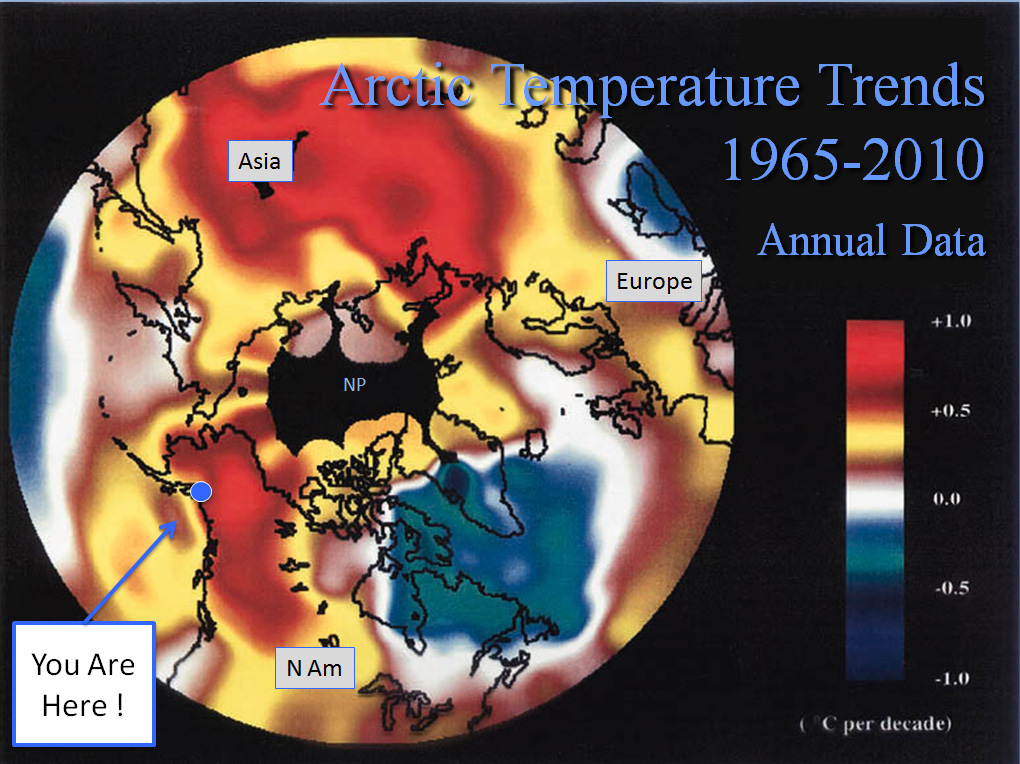“Alaskans, stay in Alaska.” That was the first line of Tuesday morning’s most-emailed story in the New York Times, which looked at which U.S. cities are likely to be most hospitable in a changing climate.

Hurricanes, floods, droughts and wildfires not your thing? Go north, climate research says.
It might sound like a no-brainer to some, but that idea got a lot of play in the media after a New York Times article pegged Alaska as one of the best places to live as global climate warms.
Camilo Mora is a geography professor at the University of Hawaii and one of the researchers behind the science referenced in the New York Times.
“You don’t want your climate to change, Anchorage is probably the place you would like to be,” he says.
It’s not that Anchorage climate won’t warm up, Mora says — it will. It’s just not forecasted to change as drastically, and as soon, as a lot of other parts of the world.
Last year Mora was the lead author on a well-publicized study in Nature that identified a climate tipping point for many cities in the year 2047. Anchorage, by contrast, wasn’t forcasted to reach its tipping point until 2071, according to Mora’s research. There’s a high margin of error with these models, he says, but what’s not in doubt is that climate is warming.
“The temperatures that you have been used to the past 150 years are going to be a thing of the past.”
University of Alaska biology professor Doug Causey says there’s more to the story. Temperature is one of the easier metrics of climate change to latch on to. And yes, temperatures are warming, by and large. But he says thermometers don’t illustrate the big picture, especially not in Alaska.
“Just talk about the terrestrial environment. Soil erosion. Talk to the folks in Newtok about what they’re experiencing as they watch their town wash away. Or Shishmaref,” Causey says. “People who are used to hunting and fishing at nearby ponds… they’re drying up. The permafrost has melted and so all the waters are draining out of the ponds. Not everywhere and not all of them, but these are the dramatic changes that we’re seeing.”
Causey says, ‘yes, Alaska is cold,’ but it’s not exactly a ‘get out of jail free card’ for climate change.
“Anyone who’s here in Alaska who’s paying attention to it — we’re seeing the change right now. Rain in the Interior: I mean Fairbanks is wetter than Ketchikan or something like that! Fireweed is starting to bloom in July.”
Back in Hawaii, the researcher behind the New York Times article says he’s never been to Alaska. Mora says his research is model-based. The regions that ranked high for livability in a warming climate, he says, are places that are used to change.
“Well, Alaska, from the biological perspective, in our opinion is going to be resilient,” Mora says. “Alaska, and other places at high latitudes are used to a high climate variability.”
He points to himself as an example. Mora says he’s originally from the tropics, a climate with low variability — meaning it’s pretty much always warm. Moving to a place where the temperature changes wildly from one season to another, like Alaska, would be a big change for him.
So is Alaska really the Florida of the future? Mora says he’s not looking into the move just yet. For now he’s putting his money into another air conditioning unit in Hawaii over a plot of land in the Last Frontier.




